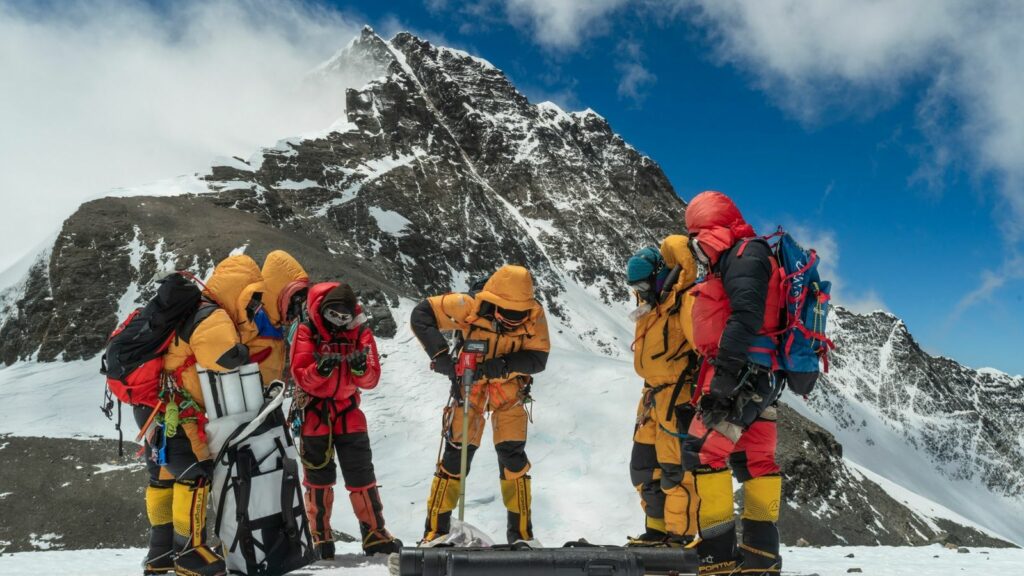Mount Everest, the world’s highest peak and a symbol of grandeur and natural beauty, is experiencing a drastic transformation due to the impacts of climate change. Recent studies have revealed the alarming loss of approximately 2,000 years’ worth of ice from the mountain’s glaciers in just three decades. This rapid ice melt is a clear indicator of the escalating environmental crisis we face. Let’s delve into the implications of this concerning trend and the urgent need for collective action to mitigate the effects of climate change.
The Rapid Retreat of Glaciers:
Causes and Consequences:

A Wake-Up Call for Climate Action:
limited to remote mountain ranges; they affect every corner of the planet and every facet of human life. Only through collective efforts can we hope to curb the escalating environmental crisis and safeguard the world’s natural wonders.
Preserving Earth’s Fragile Ecosystems:
Conclusion:


